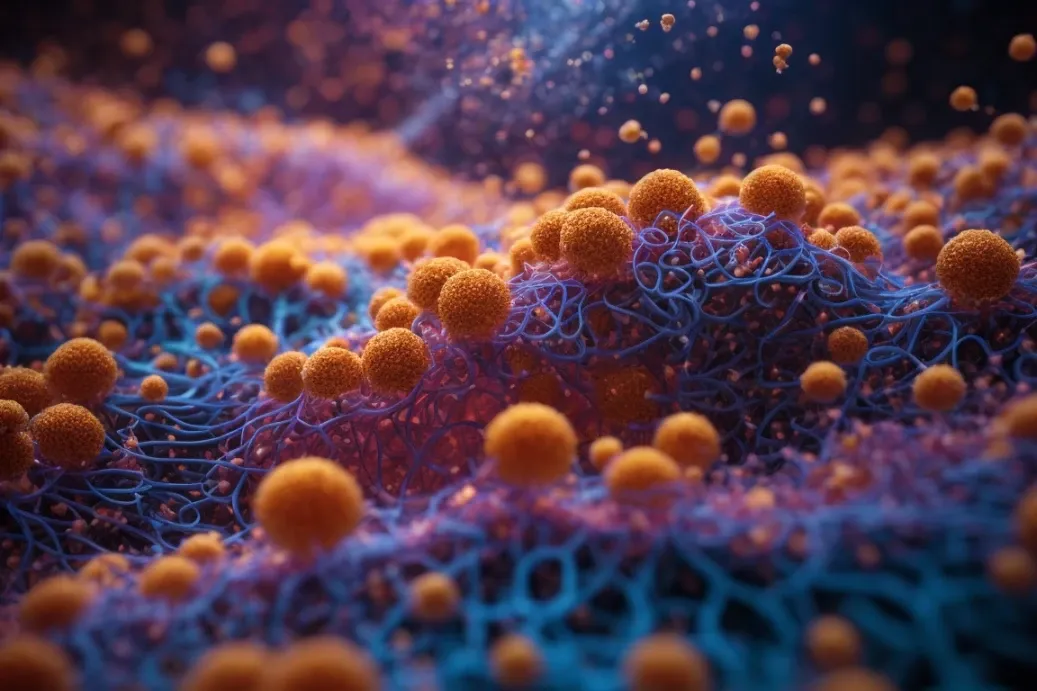Navigating the stormy seas of neurodegenerative diseases, it's been, well, a Herculean task for medical folks. With a sea of affected souls globally, isn't it high time we found, um, an anchor? Israeli scientists might have a beacon of hope.
The Discovery
In the land of milk and honey, Israeli researchers, well, stumbled on a protein. This isn't just any protein; it's the potential key for unlocking a new era for neurodegenerative disease treatments. This protein, like a guardian angel maybe, aids in repair of nerve cells in peripheral nervous system. And who we tip hats to for this? The team at Weizmann Institute of Science.
Regeneration in the Nervous System
Ever heard saying, "like a lizard's tail"? Lizards, with amphibian buddies like frogs, they regrow tails and limbs. That's Mother Nature's gift of regeneration. The peripheral nervous system, our body's communication highway, has knack for mending damaged nerve cells. But central nervous system? It's different ball game. And that, my friend, root of problem with beasts like Alzheimer’s.
The Role of PTBP1
The protein PTBP1, previously a blip on radar, now center stage. It was believed embryonic cells grew up, PTBP1 took backseat. Some minds tried to harness this to birth new neurons for those with neurodegenerative maladies. But, Dr. Stefanie Alber and student, Pierluigi Di Matteo, threw curveball. PTBP1 wasn't just with embryonic cells; it was also with adult neurons of peripheral nervous system. Plot twist!
Significance of the Findings
While team was chasing KPNB1 protein, they found PTBP1's presence in adult cells. Imagine KPNB1 as town crier, carrying messages from neuron branches to nucleus town center. That's where magic happens, regeneration signals birthed. PTBP1, it's the glue binds RNA messenger molecules, blueprints for creating town criers.
Impact on Neuron Function and Regeneration
To grasp PTBP1's role, team played detective with injured neurons. They noticed, PTBP1 levels soared post-injury, reaching zenith in week. As this happened, nerve cells began healing. They found PTBP1 collaborated with RNA molecules, architects of vital proteins. These proteins were heroes of nerve cell regeneration.
Global Impact of Neurodegenerative Diseases
World Health Organization states dementia's cloud hangs over 55 million souls, Alzheimer’s being primary culprit. Parkinson’s too, ensnaring 8.5 million.
FAQs
Q: What's buzz about protein discovered by Israelis?
A: PTBP1, this protein is beacon, aiding nerve cell repair in peripheral nervous system. It's hope in fight against neurodegenerative diseases.
Q: Where this research conducted?
A: Weizmann Institute of Science in Israel. They've been into this.
Q: How PTBP1 influence neuron function and healing?
A: PTBP1 is conductor of an orchestra, pivotal in nerve cell health and regeneration. When neurons face injury, PTBP1 levels rise, peaking in week, orchestrating regeneration.
Q: Global perspective on neurodegenerative diseases?
A: World Health Organization with 55 million with dementia, mainly due to Alzheimer’s. Parkinson’s affects 8.5 million.



